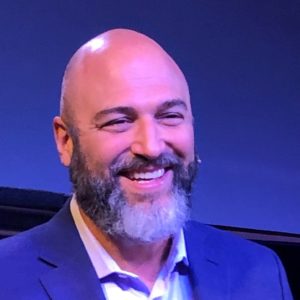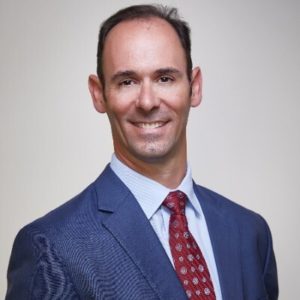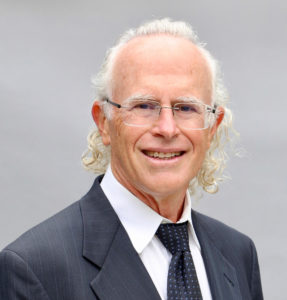One-on-one with… Arif Nazir, MD, CMD
For 13 years, Arif Nazir, MD, CMD, was a skilled nursing facility (SNF) medical director in Michigan and Indiana. Getting real-time feedback about the medical management decisions made on behalf of residents was one of the perks of the job, and he enjoyed being part of an interdisciplinary team approach that systematically sought patient input and stewardship regarding the patient’s healthcare plan.
Now, Nazir, a board-certified geriatrician and treasurer of AMDA-The Society for Post-Acute and Long-Term Care Medicine, is the chief medical officer with Signature HealthCare, Louisville, Ky.—his first year in this new role. Founded in 2007, the organization’s 11-state care umbrella features 143 long-term care and rehabilitation facilities, including 130 SNFs. Long-Term Living spoke with Nazir about his project to develop metrics to evaluate leadership and clinical capabilities, including the activities of SNF medical directors.
Are we still struggling to shift to person-centered senior care?
The fee-for-service model was not conducive to a physician as a team member, so the extended engagement of the physician in such a model has been limited. We’re still in the transition from a fee-for-service system to a value-based system. Once the value-based reimbursements are fully loaded, a huge push will occur toward implementing patient-centered approaches.
Tell us about your “patient-as-CEO” approach.
This approach was a drastic change from how I was providing care [at a previous facility]. It required more commitment from me and more commitment from the team. We were going into patients’ rooms, sitting down with them at the patients’ chosen times and giving them a menu of services. We were telling them, “These are the things we can do for you. What do you think are the top priorities in your agenda?”
What are the keys to the patient-centered delivery model?
If I had the luxury of giving only two messages, those messages would be, first to the patient, “Make sure that you are engaged. Push the healthcare teams to include you as a leader in the care. The second message, for the team, is “Be patient-centric and follow the geriatric evidence out there.”
How have discharge linkages changed between hospitals and SNFs?
Many years ago, there was no systematic way of discharging a hospital patient to a skilled nursing facility. Hospitals are realizing they have to work in partnership with the skilled nursing facilities. In the last five years, I have served on hospital committees, helping hospitals understand what nursing homes look like, what resources they can provide and how to build high-quality processes to transition a patient to a nursing home. The patients are the winners: They’re getting phone calls from the hospital, they’re getting follow-up appointments faster. There’s so much focus now on selecting high quality post-acute systems.
What is adaptive leadership?
Adaptive leadership talks about unique challenges that arise on a day-to-day basis when working in a complex environment like a skilled nursing facility. Team members shine by becoming leaders in their own ways, continuously thinking about what is going well or not going well and asking, “How I can do it differently so that it goes better than this?” Adaptive leadership needs to be hardwired among our nursing home staff. They are not just doers of tasks. On any given day, they have to be philosophers and leaders.
How should adaptive leadership and collaborative teams be implemented?
Administrators have to sit down with their medical directors, and flip the medical directors’ clinical switches off for a second to talk about systems. The director needs to be asked, “Can you help us understand why eight out of our 10 patients with heart failure went back to the hospital last month? Can you brainstorm about how we can fix this problem this month?”
The nursing homes that succeed are the ones that elevate teamwork. Leadership must focus on making collaboration deliberate, having philosophical alignment among the team so that everyone knows the vision for each patient. One way to handle collaboration is giving the team physical space at a certain time and day to sit down together and talk. Signature promotes the huddle system: the team comes together, once or twice a day, and looks at what is going well and what is not going well.
Can you describe the chief medical officer of the future?
We have seen a significant clarification of the chief medical officer’s role. The healthcare system understands the strategic vision a chief medical officer can bring to the organization by balancing the struggle between business and medicine. The skilled nursing organization will increasingly look for medical officers who are already formally trained [in business and leadership]. There’s no time to wait: Organizations want action right away.
Related Articles
Topics: Articles , Clinical , Leadership











